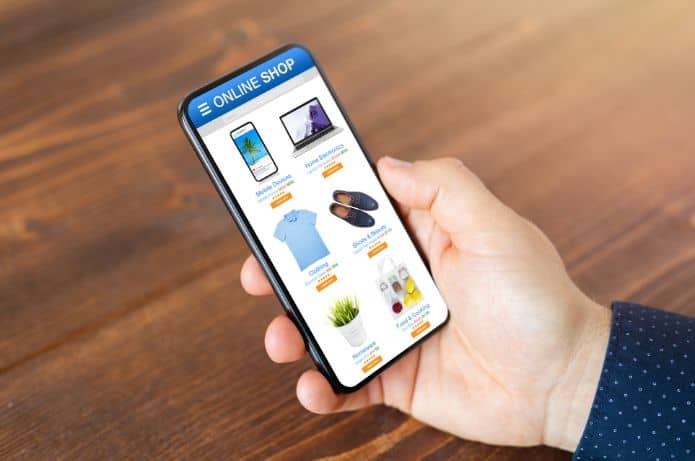Philip Kotler, in his book “Marketing Management”, it is said that acquiring a new client costs five to seven times more than retaining existing ones. After all, for the recurring customer, there is no need to dedicate effort in marketing to introduce the brand and gain trust. This consumer already knows the company, the service, and the products.
In the online environment, this task is more strategic due to the lack of experienceface to face. Building customer loyalty in e-commerce requires specific actions to satisfy the consumer, strengthen the relationship and make them buy more often.
The observation may seem obvious, but it is only possible to retain buyers who were satisfied with the experience they had. If they become dissatisfied due to a payment process error or delayed delivery, for example, they may not return and may even speak badly about the brand.
On the other hand, loyalty is also advantageous for the consumer. Upon discovering a trustworthy e-commerce with quality products, fair prices, good customer service, and timely deliveries, he doesn't get tired and begins to see that store as a reference. This builds trust and credibility that the company serves you in the best way.
In this scenario, two elements are fundamental to ensuring the loyalty process: deliveries and prices. It is interesting to learn some essential strategies to strengthen these operations, especially in the virtual environment.
1) Investment inlast mile
The final phase of delivery to the consumer is one of the keys to ensuring a good experience. In a company with nationwide reach, for example, it is essential to establish partnerships with local organizations that can handle deliveries in a more personalized manner. Additionally, a tip is to promote exchanges and training with regional delivery personnel so that the order arrives in perfect condition and reflects the brand's image. Finally, this strategy also reduces costs and lowers shipping fees for the consumer, providing a solution to one of the main challenges in the online sales market today.
2) Packaging
The moment to package the product is important. Treat each delivery as unique, taking into account packaging needs and the peculiarities of each item to ensure proper handling. Additionally, customizing deliveries with personalized touches makes a difference, such as handwritten cards, spritzes of perfume, and sending gifts.
3) Omnichannel
Having data tools and thorough, careful analysis is essential in an enterprise to bring this experience to the consumer. The benefits are numerous. Firstly, there is more assertive communication and smarter strategies when we implement it.omnichannelsince the user has a unified experience online and offline. The service becomes even more personalized and precise.
4) Marketplace
Entering a broader environment of offerings allows for a variety of shopping options. In this way, it is possible to meet the most diverse needs of the public, offering alternatives for all tastes and styles. Today, the tool has become essential for e-commerce. It is necessary to offer diversified options, with assertive solutions for the demands of the public, as well as focus on different offers with low-price options.
5) Inclusion
Finally, thinking about inclusive platforms enables democratic service and reaches an even larger audience. Offering purchases by phone or WhatsApp, as well as providing personalized service through the Customer Service Center (SAC), are very commonly used alternatives nowadays.









